Utopias: How Will We Live Together
Koper, a small Mediterranean city on Slovenia coast, hosted the first international summer school of architecture Informal City: Temporary Autonomous Utopias for the architecture for people.
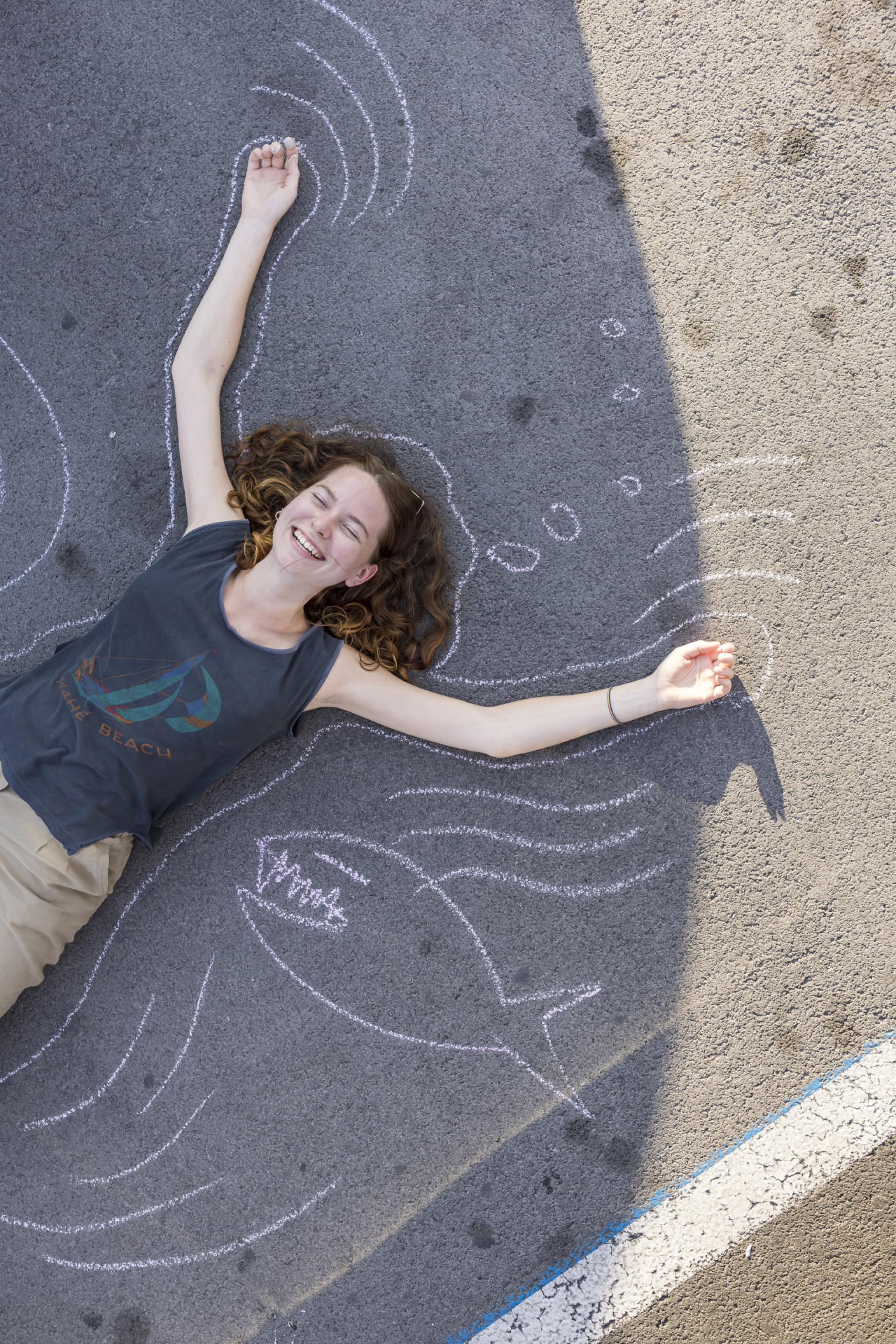
Koper’s Dogville Waterfront. | Photo © Aleš Rosa
The right to use public space, the right to water and the right to the city were the central highlights in Koper from 01 to 10 September 2021 in the former Libertas warehouse. Students of architecture and design from various European countries, with three international mentors and several lectures created solutions for temporary use of neglected spaces in historical centre of Koper. The new utopian content was created to enable a new urbanity based on inclusive social integration, social solidarity and ecological development through solidarity cooperation.

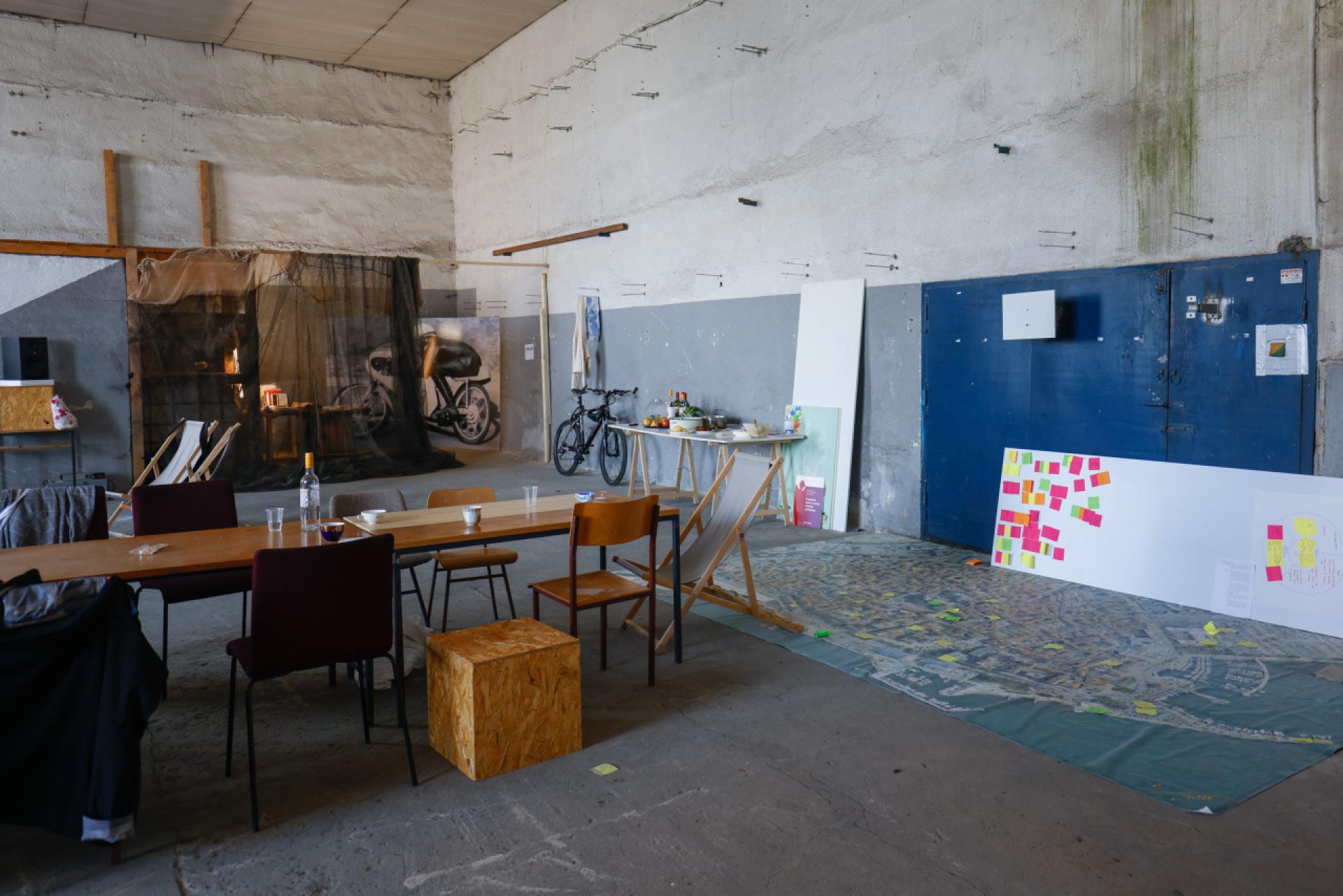

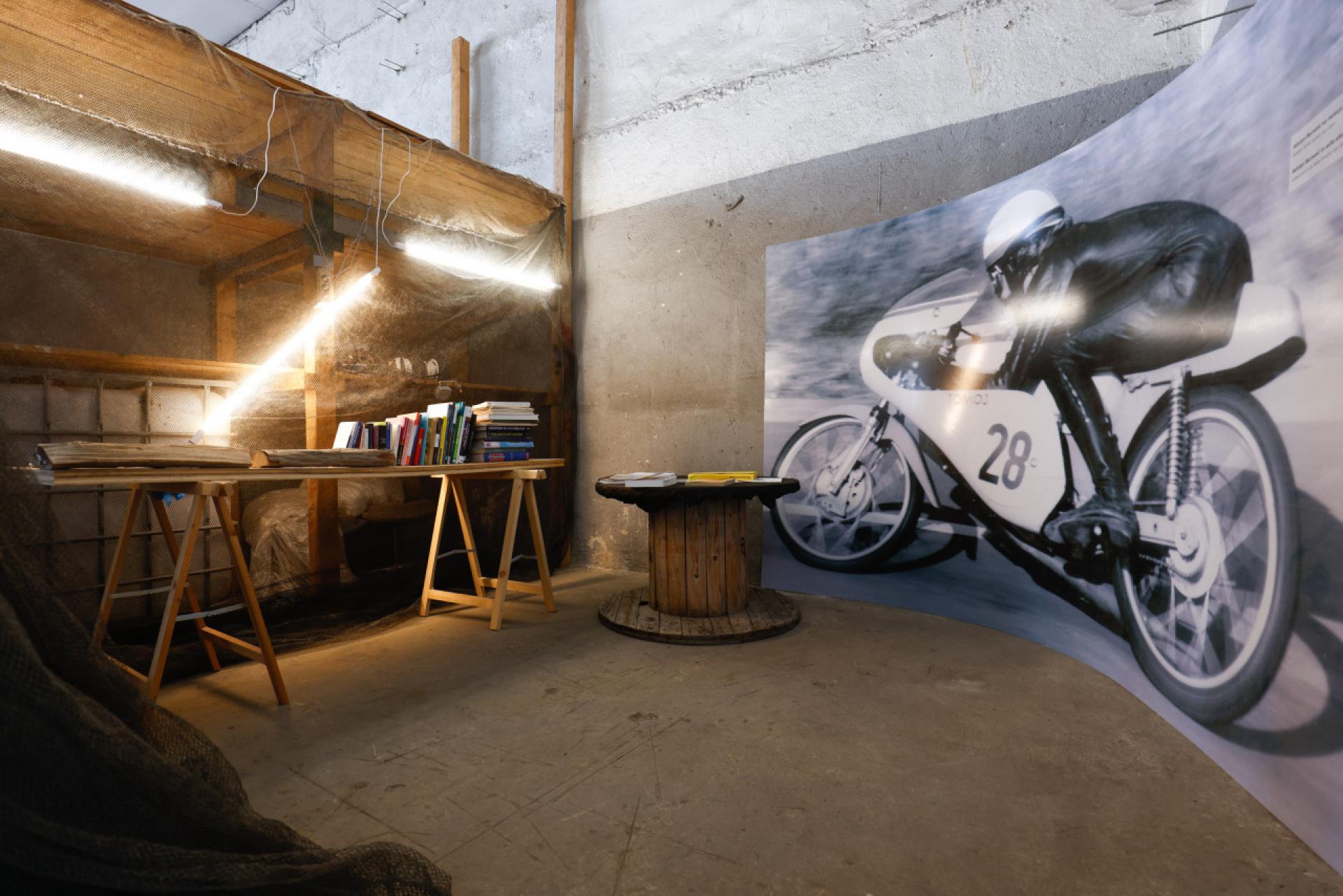
The project space in the warehouse Libertas in Koper. | Photo © Domen Grögl
The Slovenian collective Avtomatik Delovišče played an important role in creating suitable ideas and solutions - enable the understanding and application of new strategies to shape the participatory process and social design in cities in the post-pandemic period.
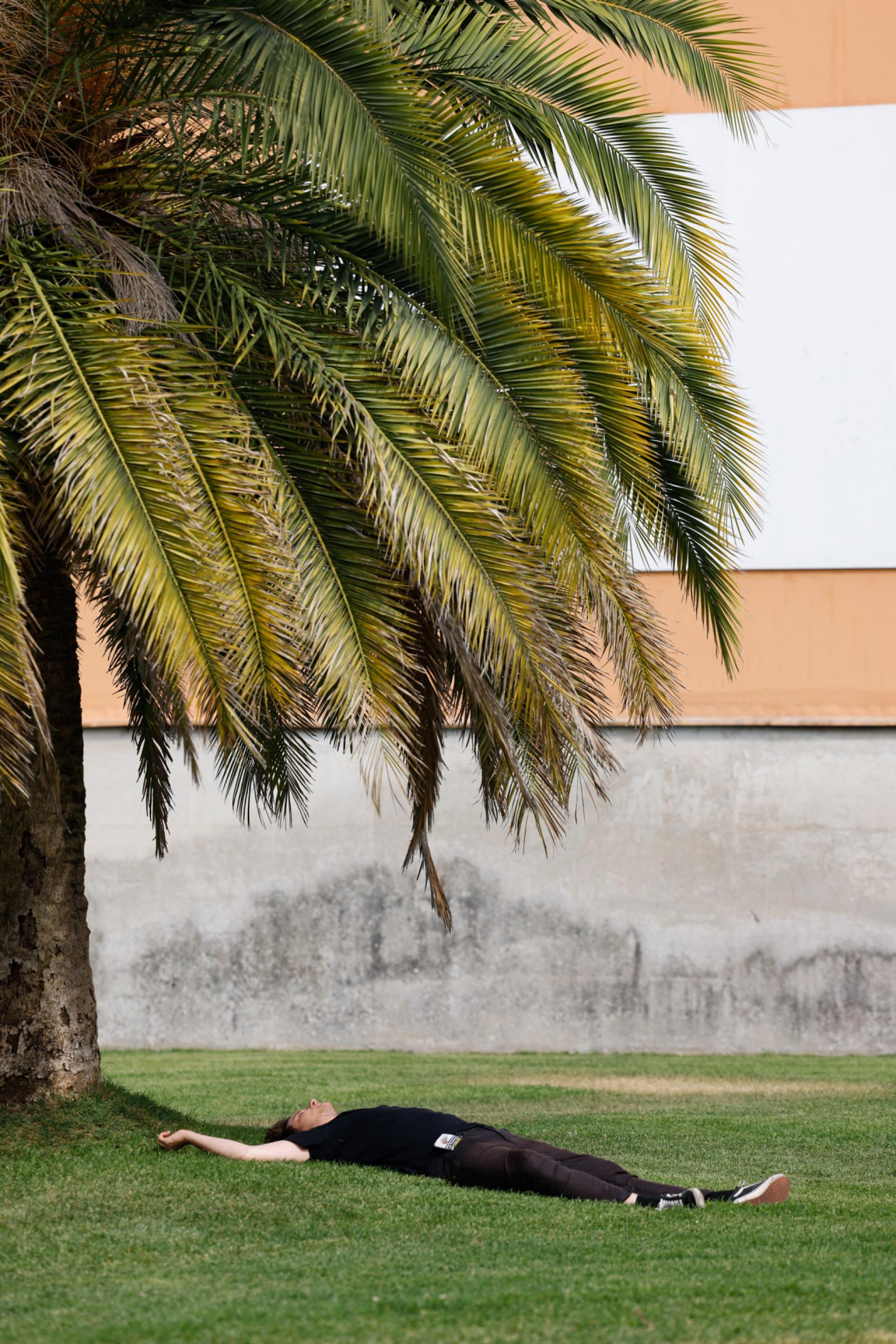

Tired. | Photo © Domen Grögl
Under the program of the first summer school of architecture, organized in cooperation with the Municipality of Koper, the Academy of Fine Arts and Design of the University of Ljubljana, the Faculty of Architecture, the Faculty of Pedagogy at the University of Primorska, Coastal Galleries Piran and other partners, the UAU! team composed by the Italian architect Alessio Rosati from MAXXI Rome Museum, Christina Serifi, a researcher at the Braunschweiger School, Elian Stefa involved in DIY projects in the Albanian city of Vlora and the island of Shazan, and Boštjan Bugarič, Senior editor of Archtectuul gave a major push to start this program.
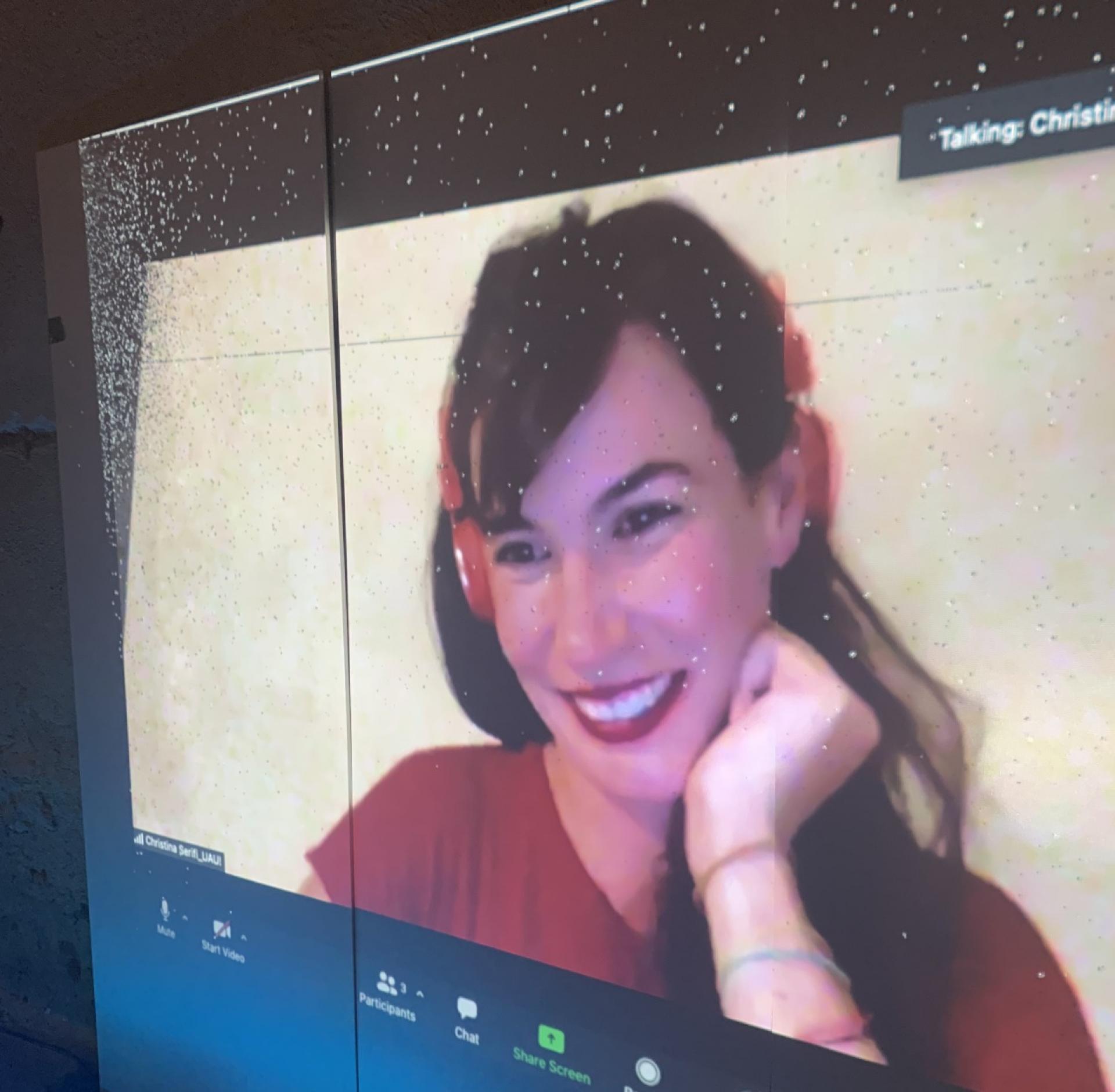
Christina Serifi in discussion with the director of the documentary “Up To The Last Drop: The Secret Water War in Europe” Yorgos Avgeropoulos.
Other lecturers and participants were besides artist and architect Marjetica Potrč, associate professor at the Ljubljana Academy of Fine Arts Barbara Predan, curator at the Museum of Architecture and Design Maja Vardjan, Greek director Yorgos Avgeropoulos also Avtomatik Delovišče members Mateja Filipič, Erik Jurišević with KONNTRA team - Mirjana Lozanovska, Silvija Shaleva, young director Rebeka Bratož Gornik, architect Nina Vidić Ivančič and RTV Slovenia journalist Nataša Mihelič and Tageszeitung journalist Martin Reichert.

Marjetica Potrč talked about nature as a subject. | Photo © Domen Grögl
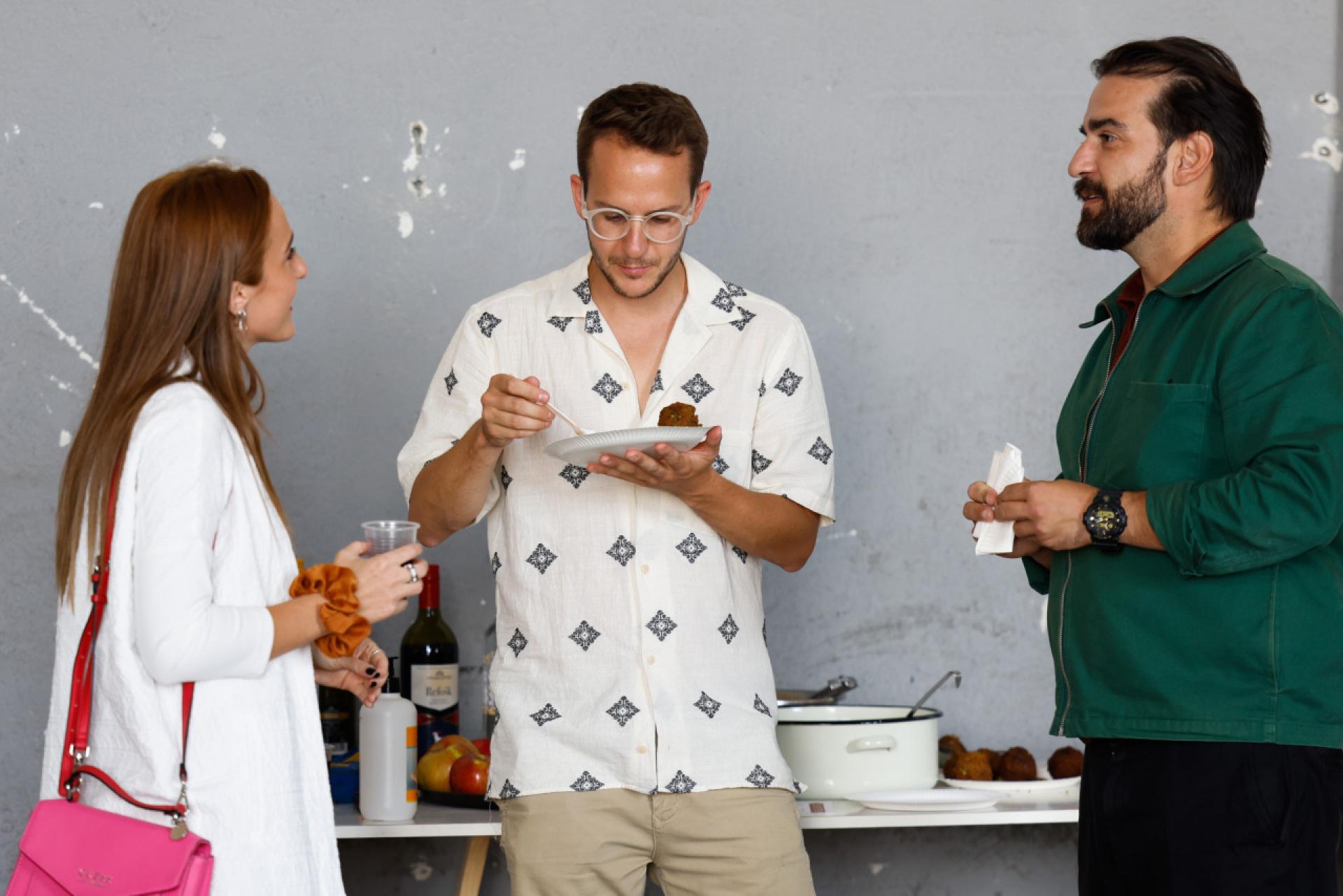
Mirjana Lozanovska, Erik Jurišević (both KONNTRA) with Elian Stefa during the lunch break in Libertas. | Photo © Domen Grögl
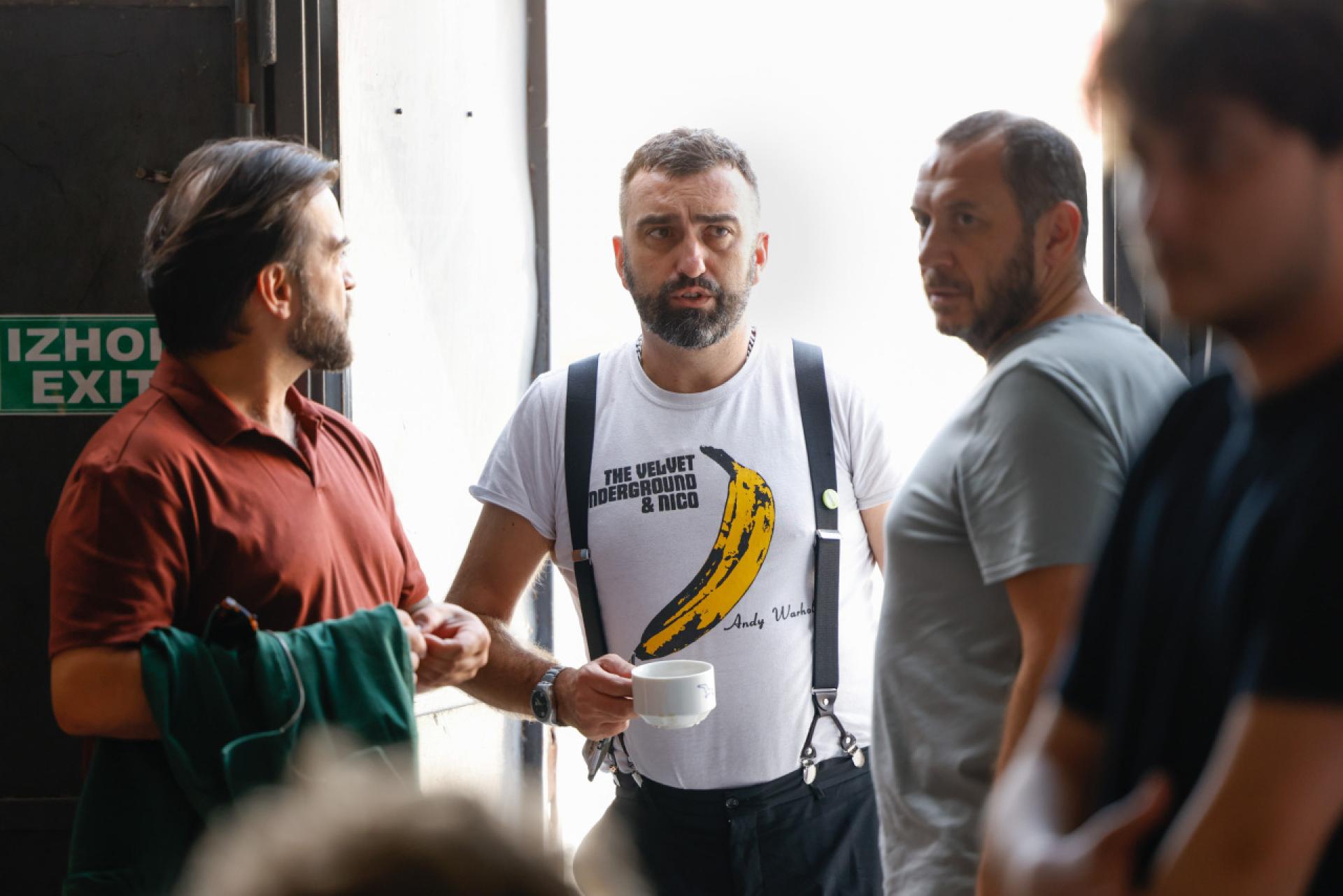
Elian Stefa, Boštjan Bugarič and Alessio Rosati. | Photo © Domen Grögl
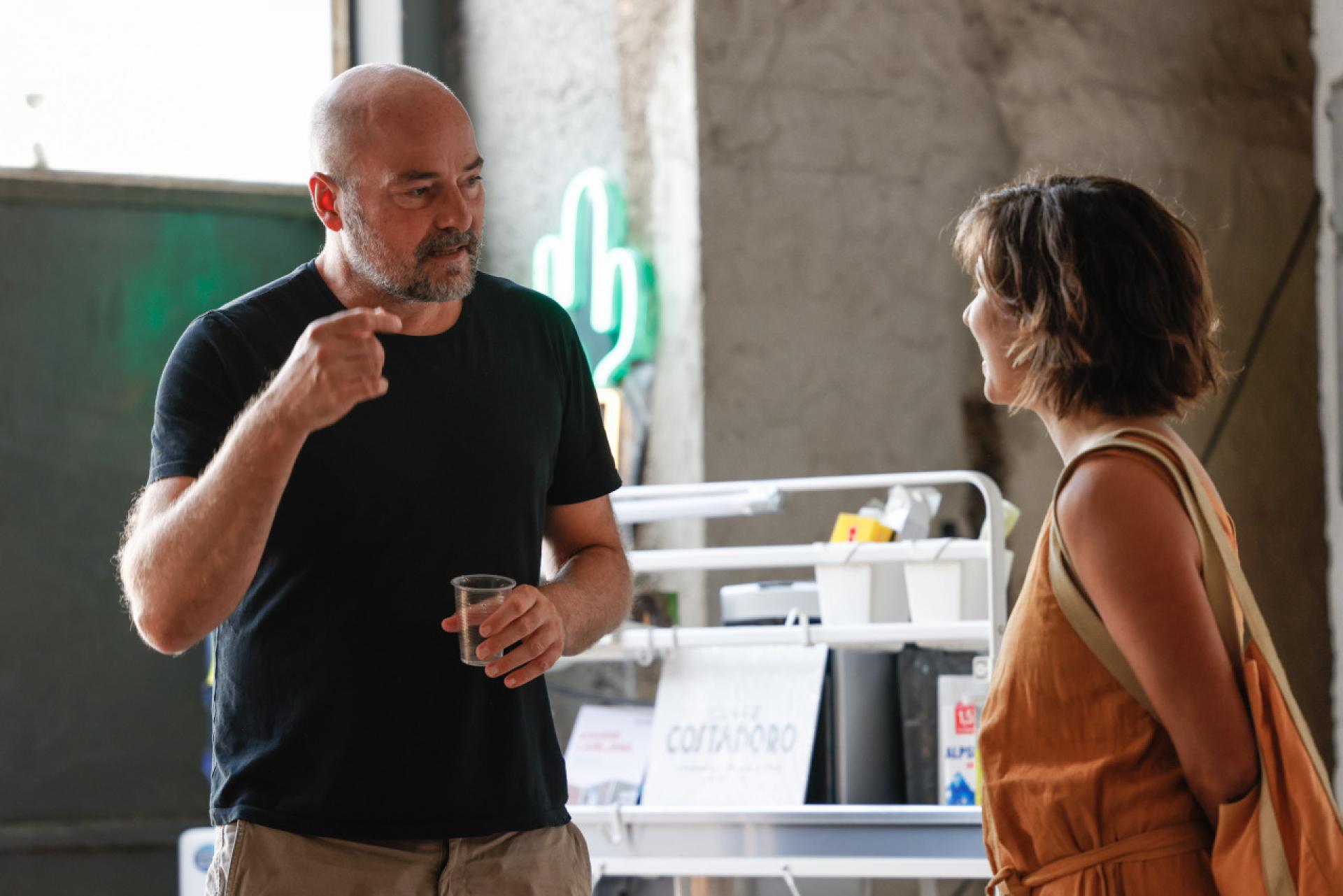
Martin Reichert from Tageszeitung in discussion with Katherine Ball, which was involved into the Floating University program in Berlin | Photo © Domen Grögl
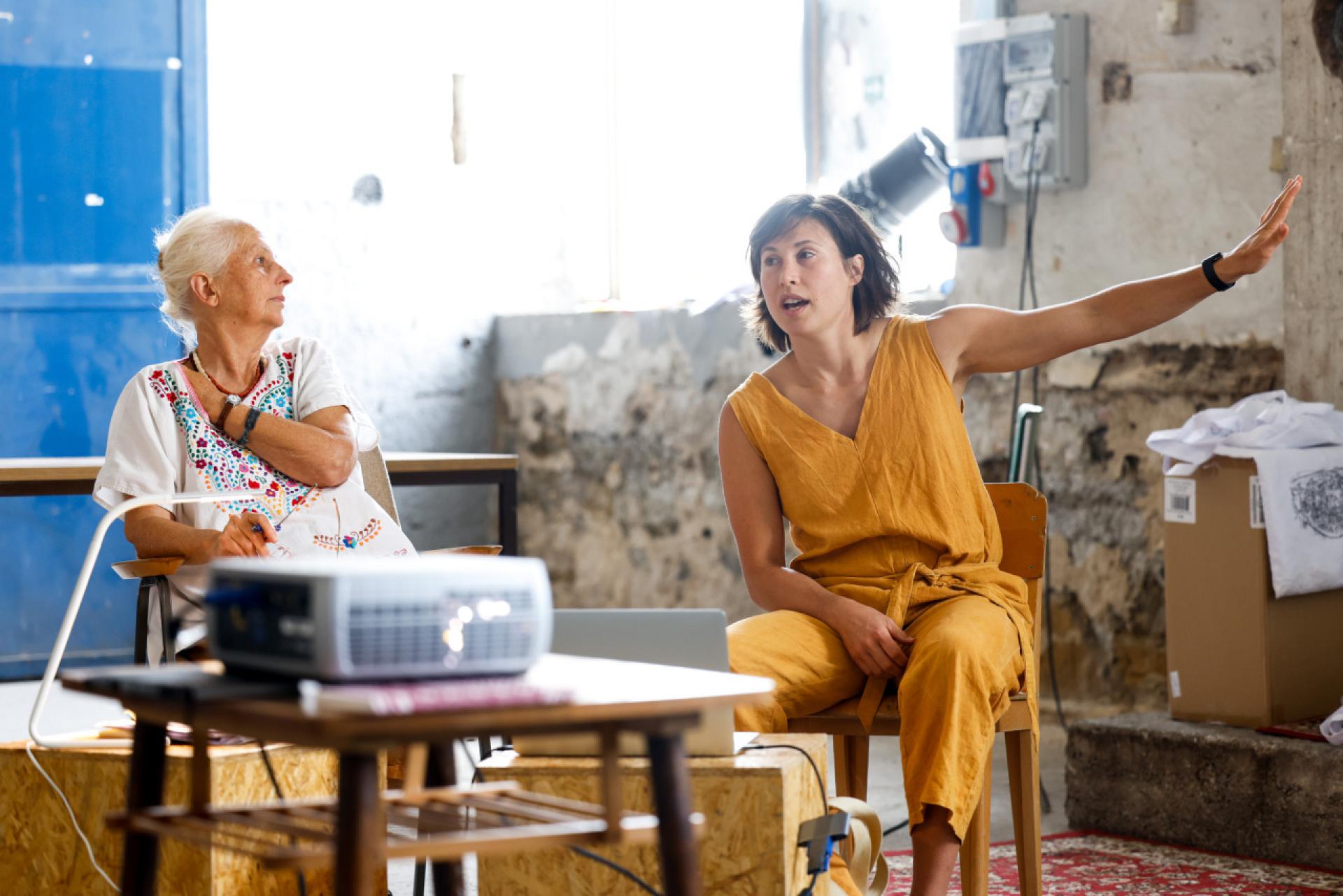
Marjetica Potrč and Katherine Ball during their talk. | Photo © Domen Grögl
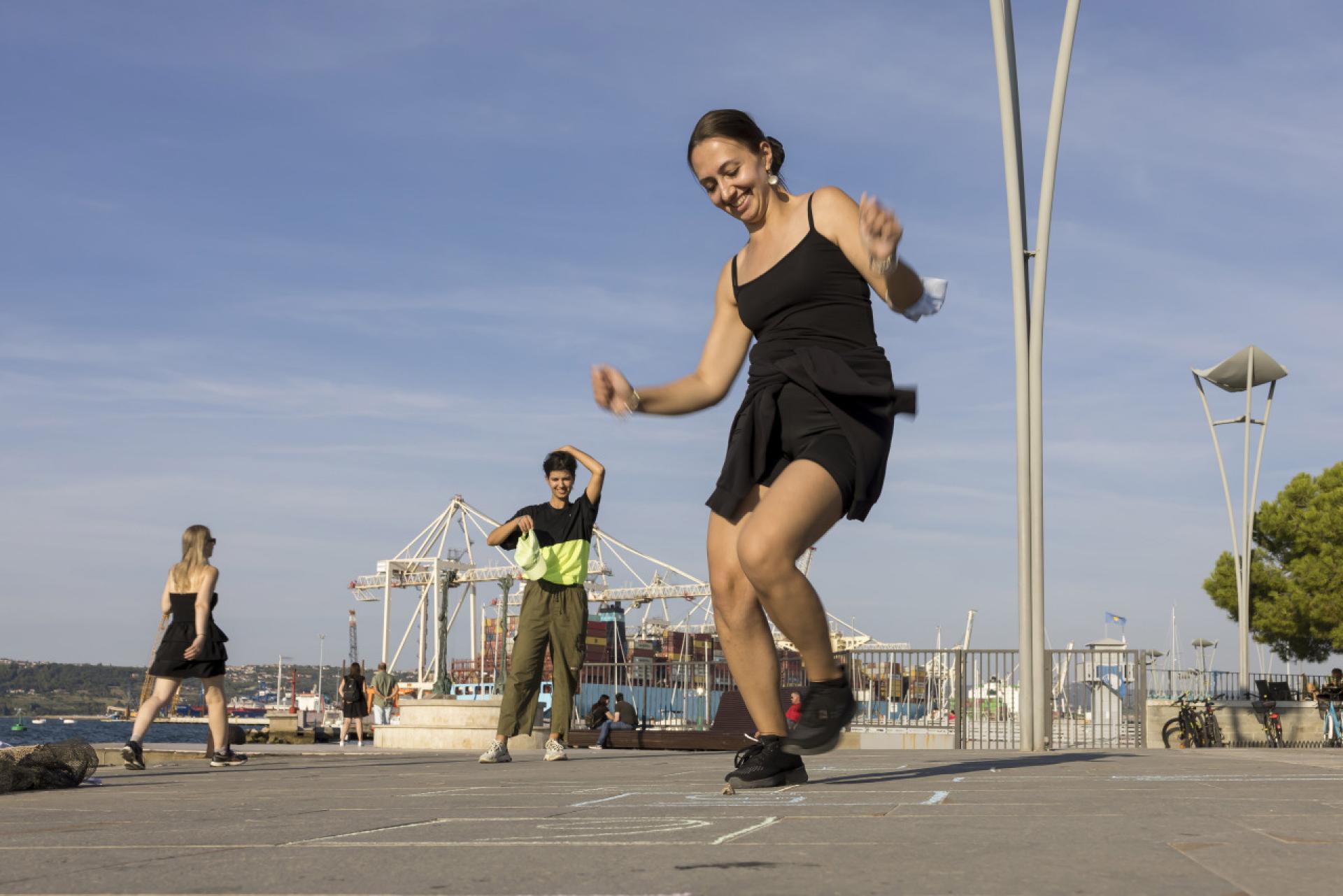
Koper’s Dogville Waterfront. | Photo © Aleš Rosa
How has the political transformation over the last thirty years affected changing patterns of behaviour, values, and beliefs about life and understanding of cities; which examples of temporary use shall be developed at the abandoned spaces on Koper’s waterfront and how to create a new urbanity based on inclusive social integration, solidarity and ecological inclusion based on cooperation. These were just some of the topics dealt with by 16 undergraduate and postgraduate students of architecture and design from various European countries. Beside the students the Libertas warehouse doors were also wide open to city residents and visitors interested in topics.

Lecturing cathedral. | Photo © Domen Grögl
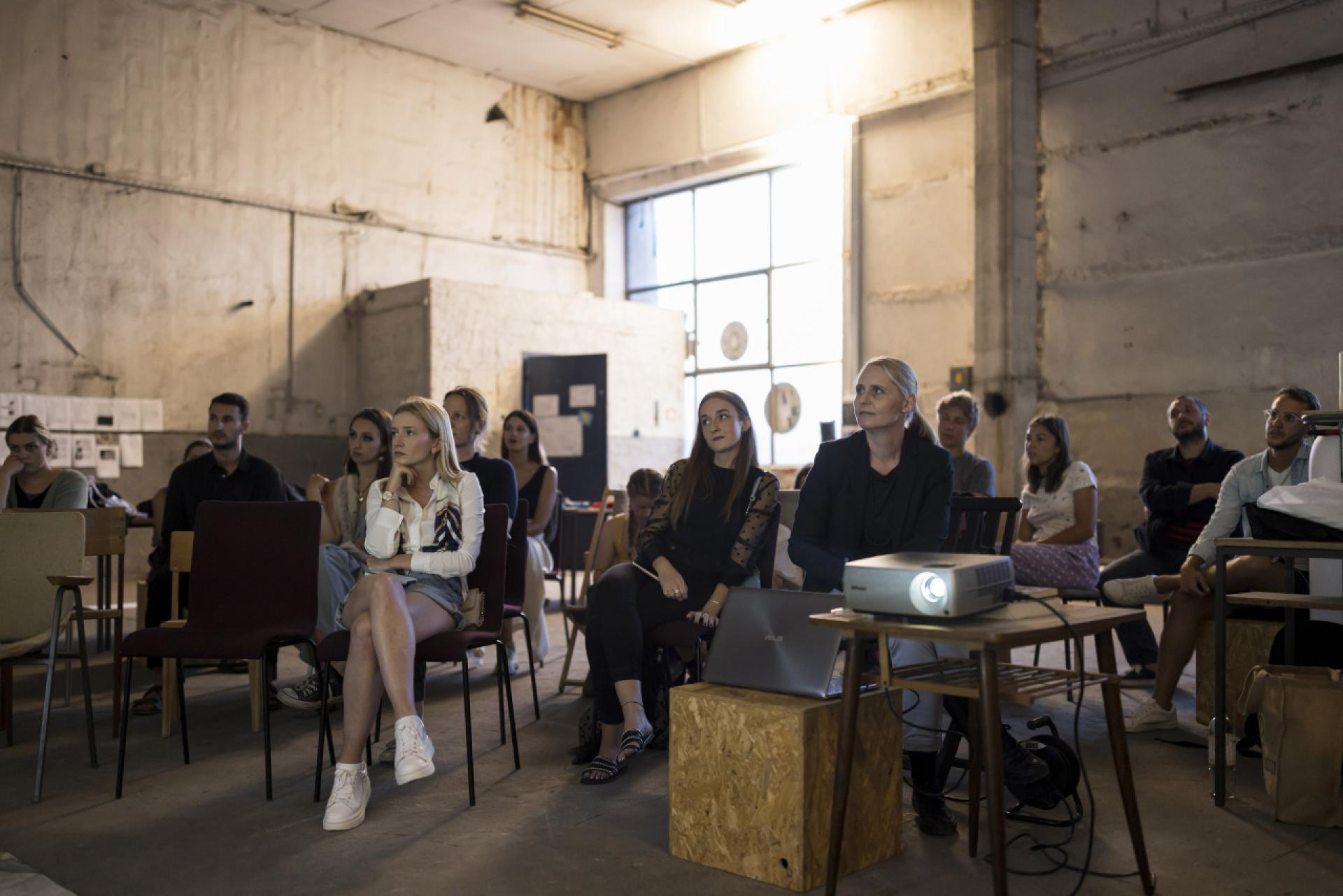
Barbara Predan during the final presentations. | Photo © Aleš Rosa
The school took place at three locations in Koper: in the Libertas warehouse, at the K67 Kiosk designed by Saša Mächtig which Obalne Galerije Piran kindly handed over to the collective for six months and in new University of Littoral project space BankArt.
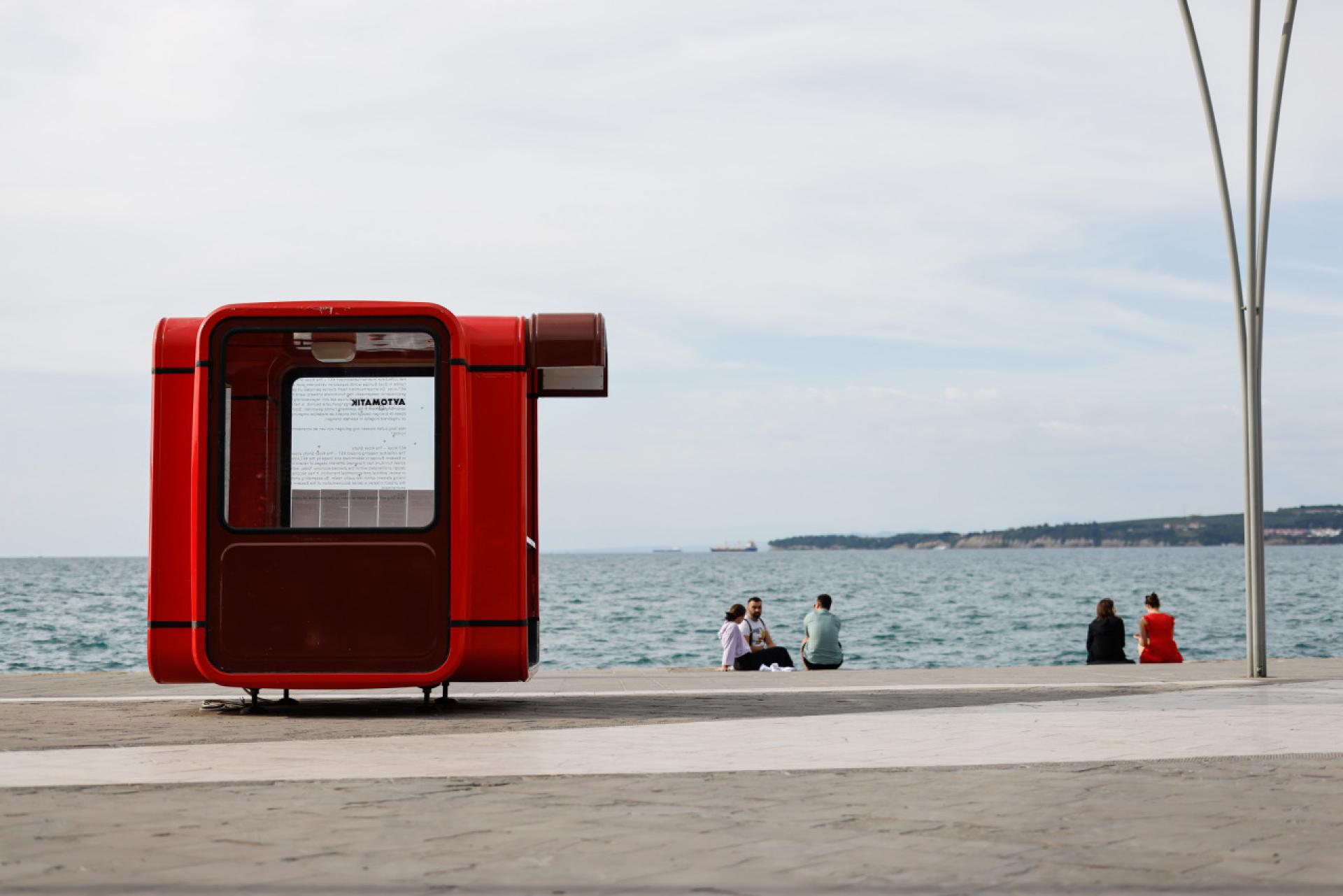


Kiosk K-67 was staging many activities. | Photo © Domen Grögl
After a week-long devastating fire in the studio, the Independent Coastal Radio NOR reappeared from the temporary studio in the kiosk within three hours interviews with local active citizens, the president off the local community Koper Center Jadran Čalija, advisor for culture at the Municipality of Koper Vesna Pajić, activist and cultural worker Irena Urbič and Neza Čebron Lipovec among others.

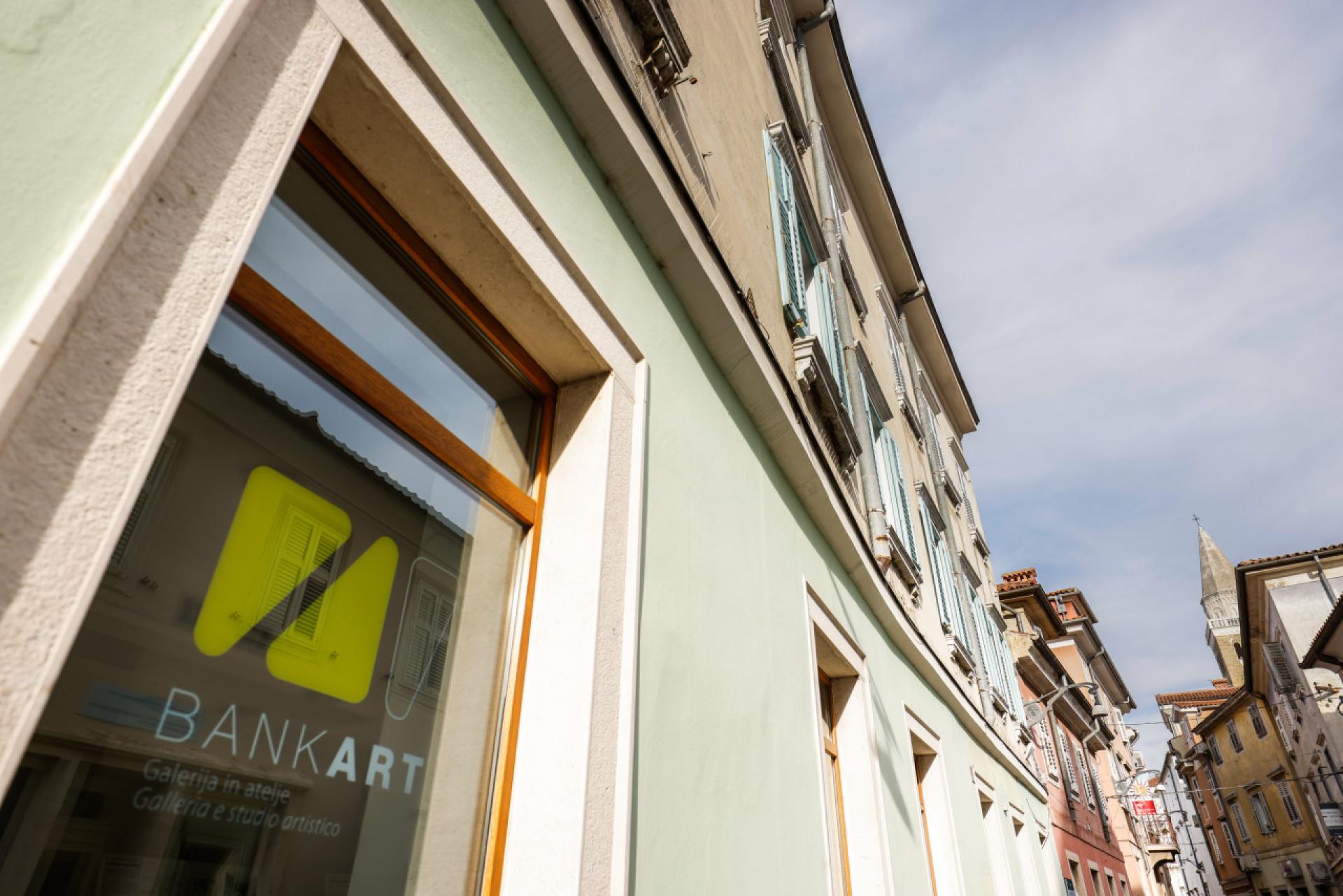
BankArt is a new project space in the space of previous bank in one of the main street of the historic city centre of Koper. | Photo © Domen Grögl
Miha Dešman and Vlatka Ljubanović lead the studio at the Ljubljana’s Faculty of Architecture, which was solving the topic of the Koper’s north waterfront. Their work was presented at BankArt, a new project space of the department of Design and Visual Arts at the Faculty of Pedagogy. The brick facade of the port’s warehouse can be replaced by a transparent and green facade, which would help create a better microclimate in this area in the future. The proposal to install small self-sufficient modular units in the building enables the water recuperation and installing solar collectors on the roof, where various contents from sports, community, cultural and urban gardens are created.
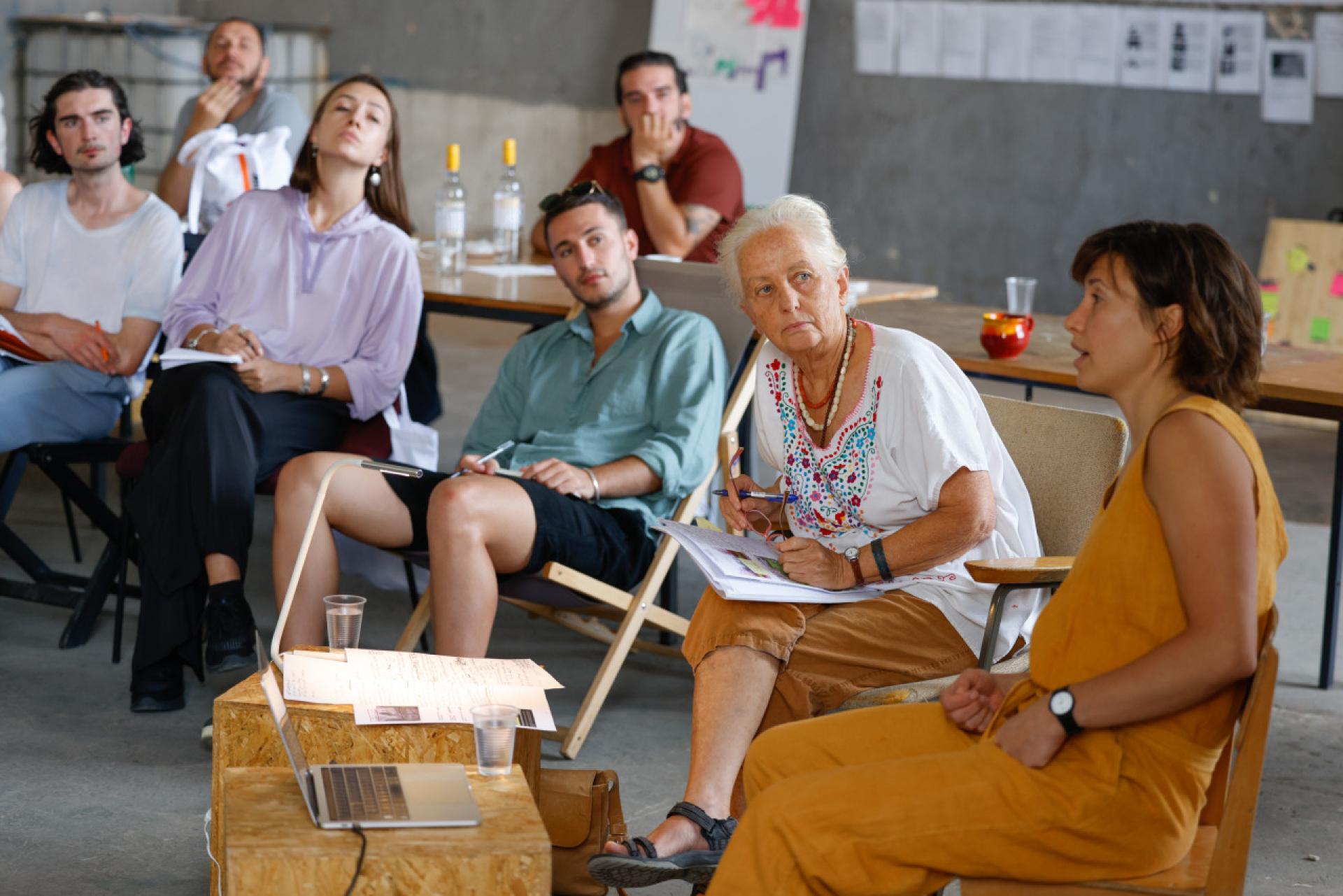

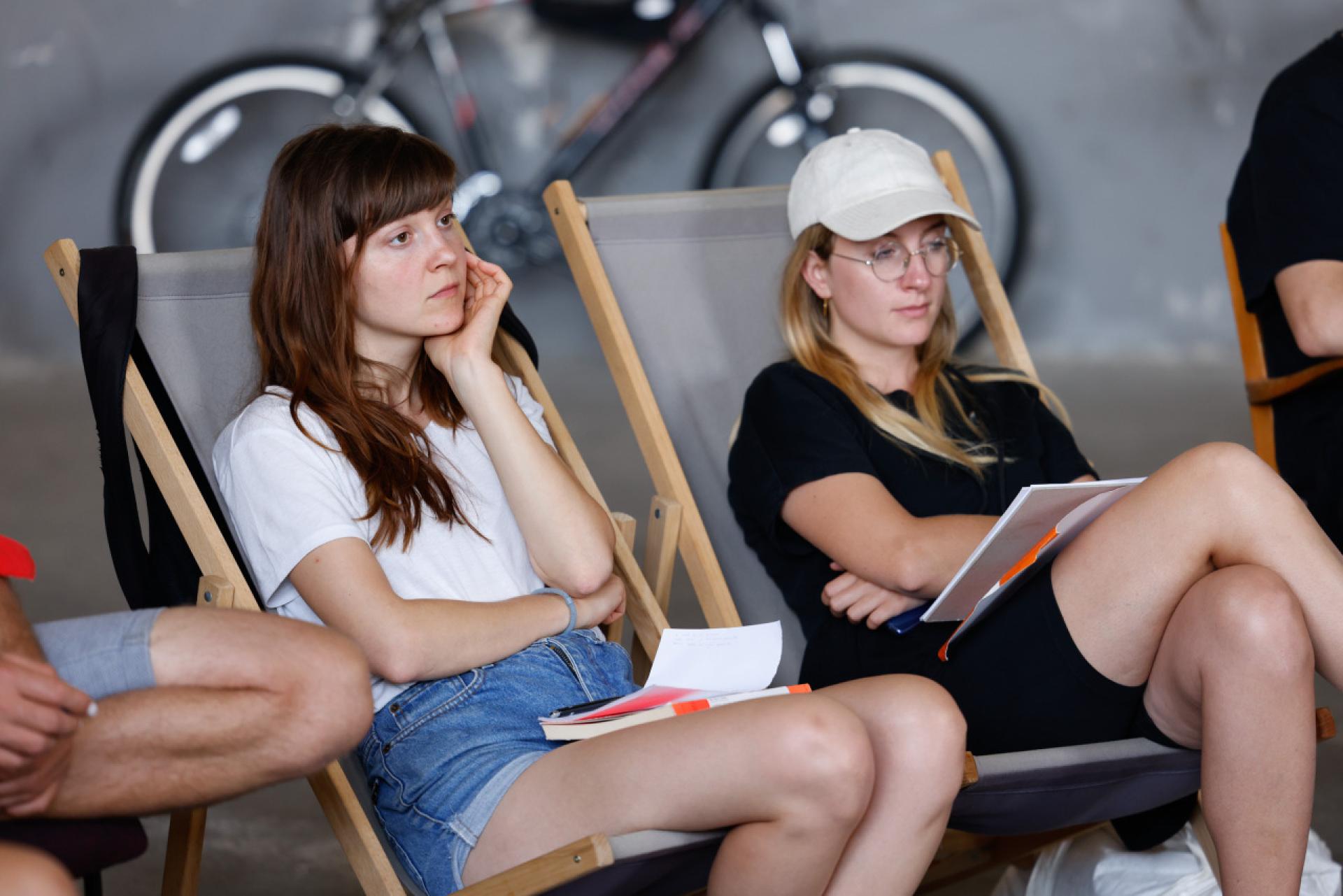
Learning. | Photo © Domen Grögl
The civil initiative Novi Slavnik was also present at the summer school, as we presented to the participants an example of good practice on how we can strive together for architecture and urbanism for people. In this context, it is important to create enough green space in the city and the right to adequate access to drinking water and the sea. Water is more expensive on the coast than in the interior of Slovenia, so why not water the greens around the city with water from the roofs, which would be collected in special reservoirs placed at the Libertas warehouse or the commodity reserve facility?
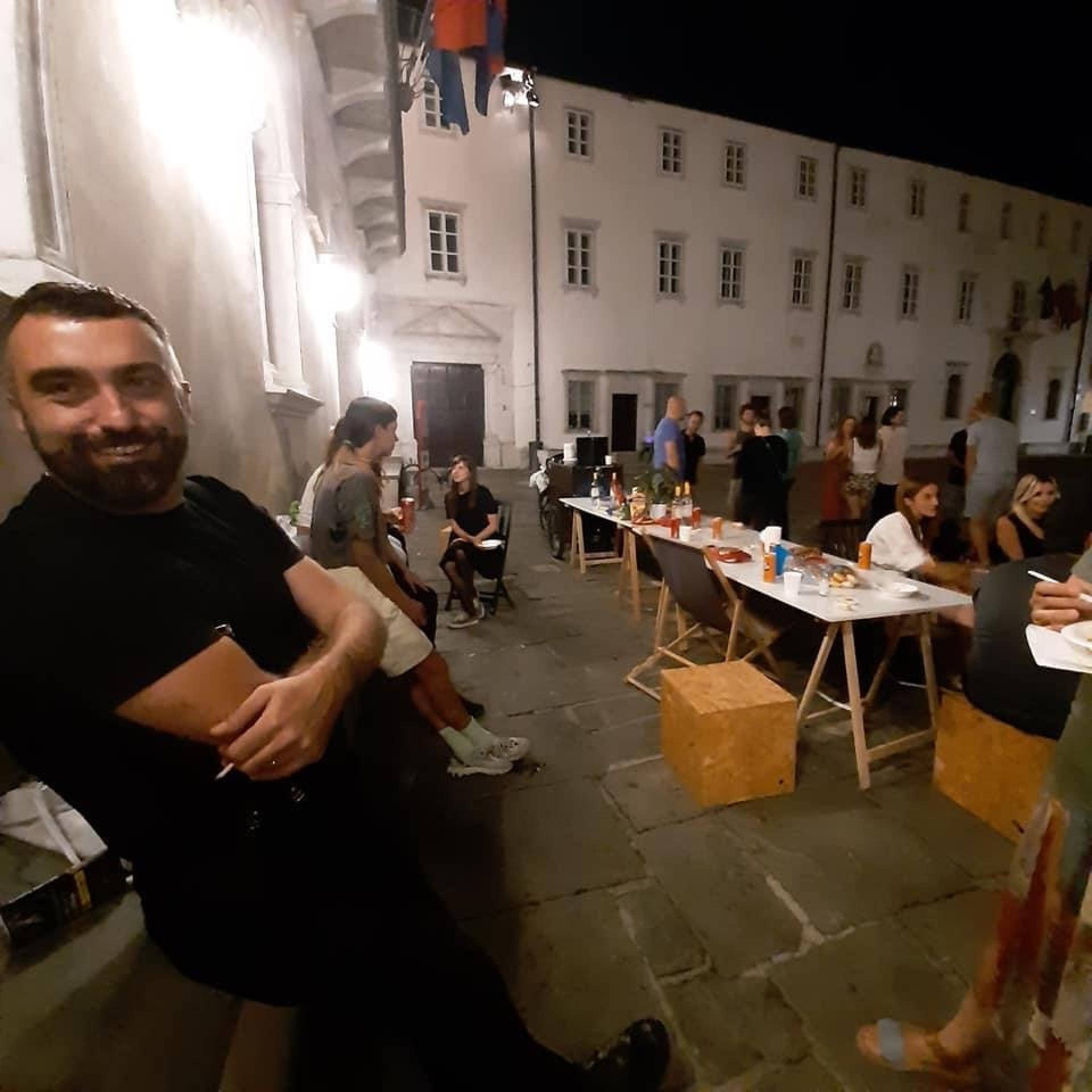
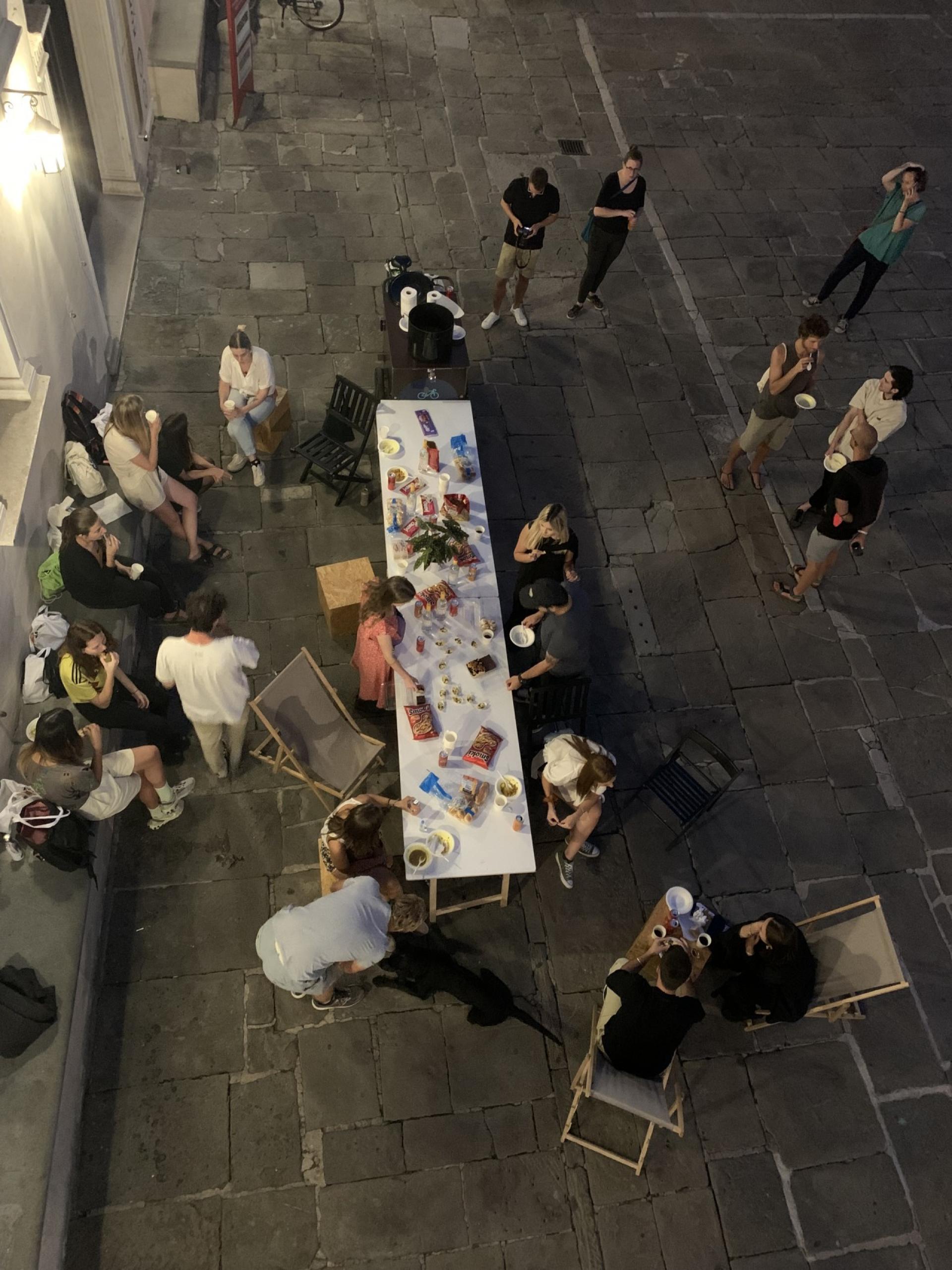
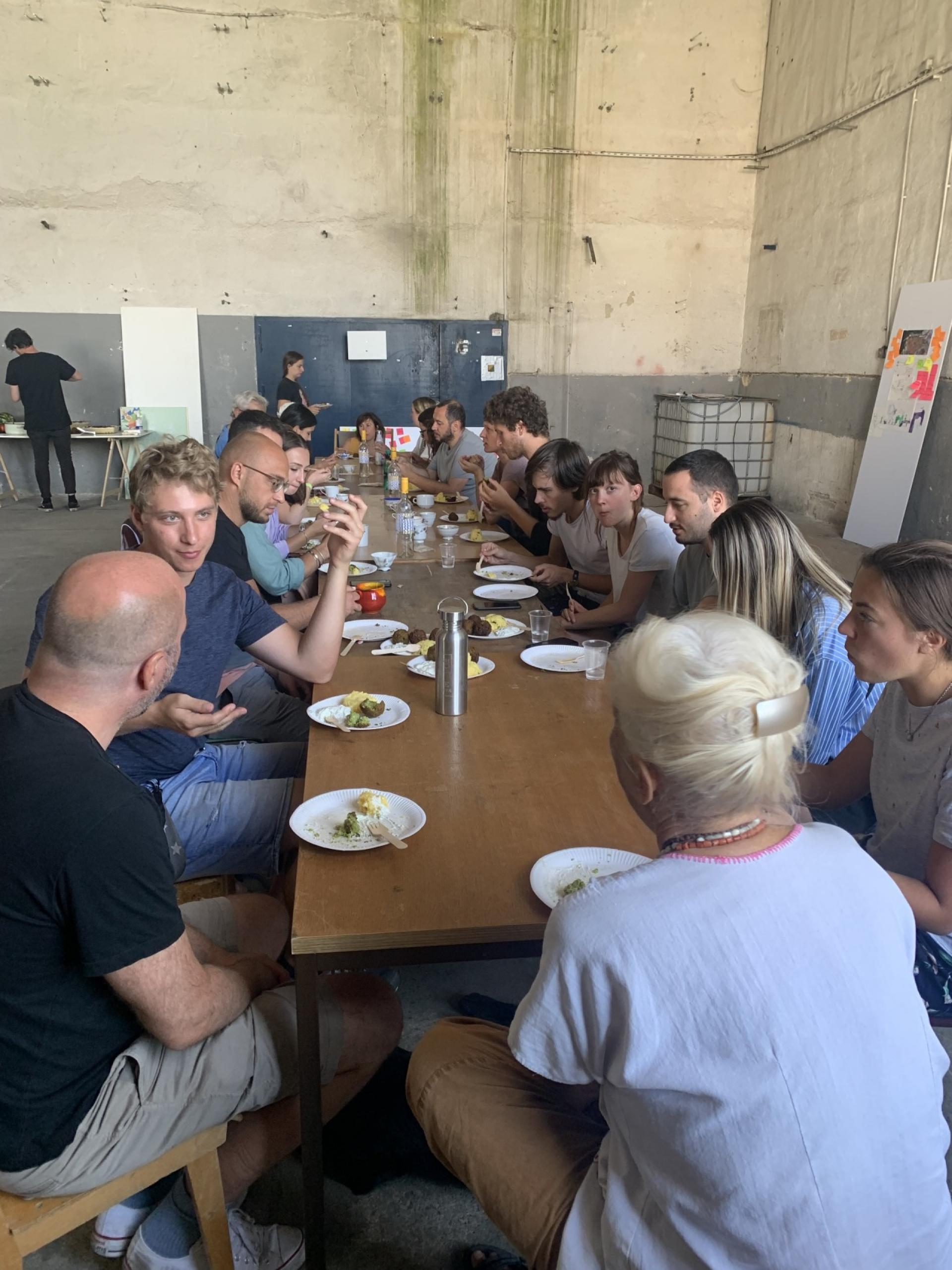
The Table for Future for students in Libertas and for dwellers in the main city square. | Photo © Jadranka Šturn and Boštjan Bugarič
The term Informal City was coined years ago when I brought my former mentor and good friend Marjetica Potrč to Koper and first drove her around the ring of the shopping area, and later we walked around the historical city centre of Koper. Marjetica, who is active in Latin America to Africa with her work with communities, commented that Koper is an informal city, as the residents do not have a common development denominator, the common dictionary, which can be understood by every resident. And this is also one of the activities we developed at this year’s summer school of architecture: within the creation of the common dictionary of the city we learned from people.

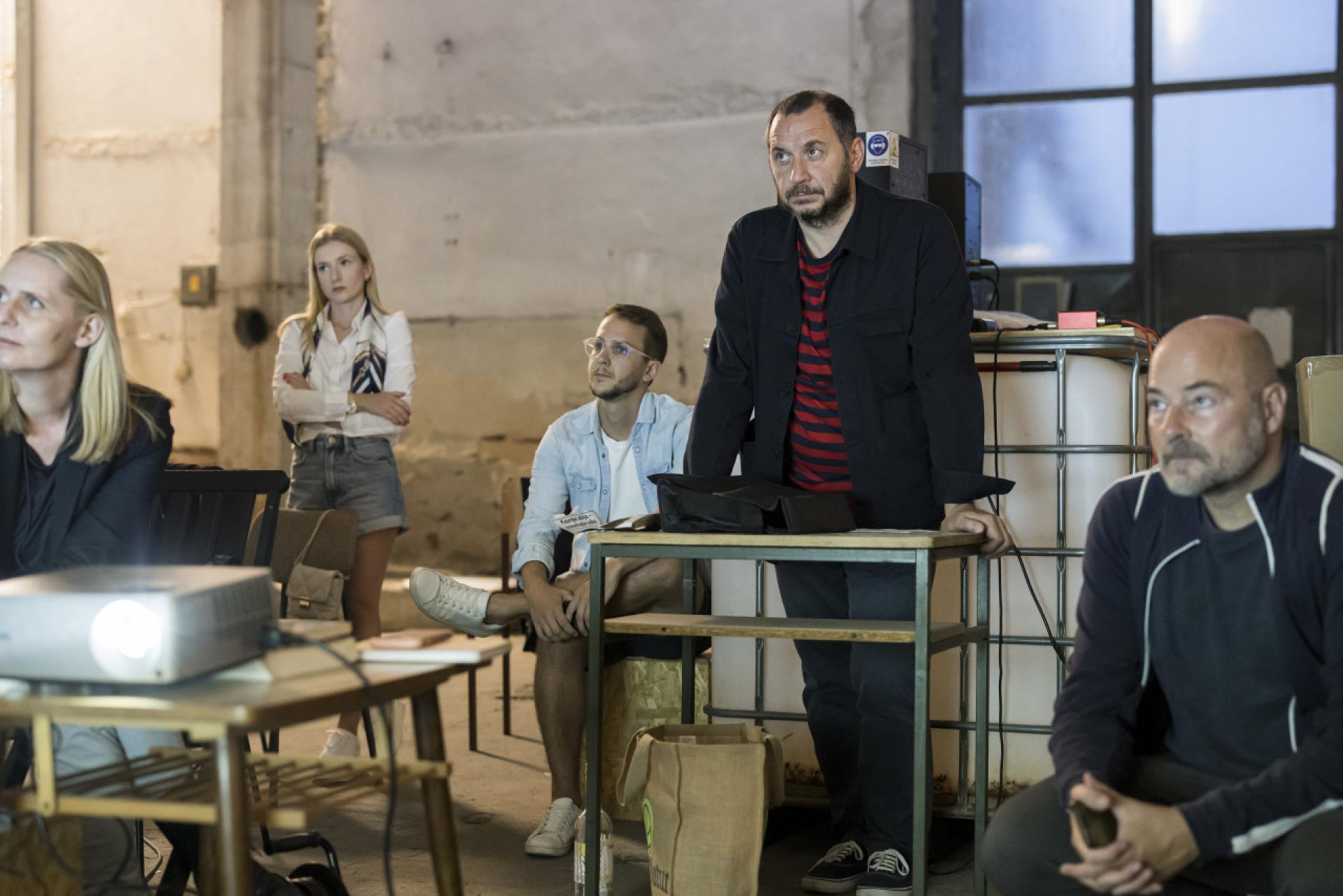
Barbara Predan, KONNTRA, Alessio Rosati and Martin Reichert during the final presentations. | Photo © Aleš Rosa
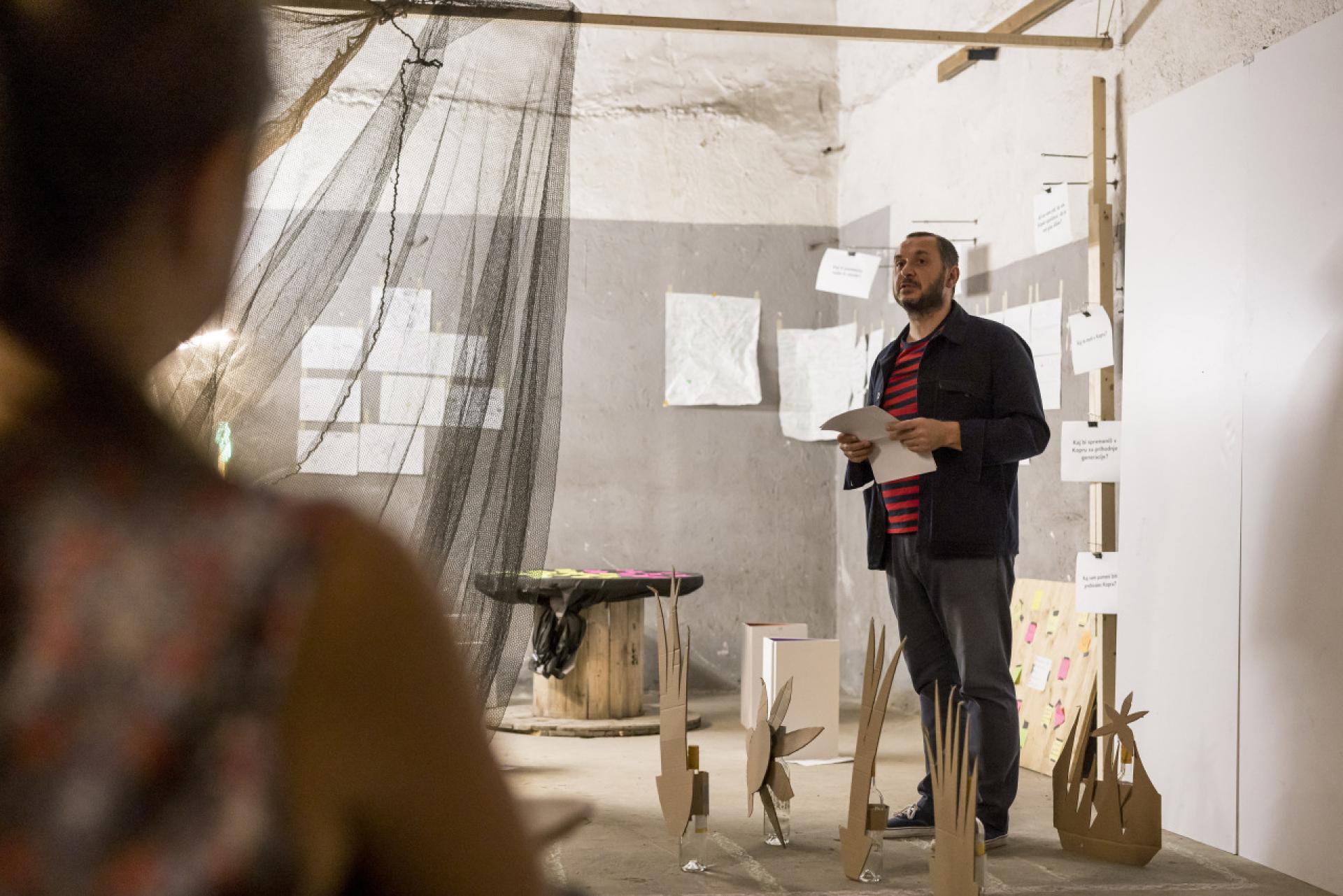
Alessio Rosati final talk. | Photo © Aleš Rosa
We want to put Koper on the map of cities that have quality public spaces that need to be equipped with appropriate content. The claim that usually ‘nothing is given’ is not a reason not to start the process somewhere. It takes willpower, optimism and proper involvement of people in the planning processes, and this enables development directions for the city. There is a lot of work on the street, among people, for people.

Projection bombing lead by Elian Stefa. | Photo © Boštjan Bugarič
Koper has very great potentials for gentrification and touristification, so in this phase and exactly this time period it is important to set the contents that will generate development in the city and form the boundaries to which gentrification can be carried out. We in the team believe in optimism and we think that this is the only right way for the development of the city” said Bugaric optimistically.
Many thanks to first year’s alumni Chris Woodvine, Terri Doyle, Alexandra Maximova, Diana Kocjančič, Jovana Liščević, Johanna Jüttner, Jonas Vizi, Erona Bexheti, Edmond Drenogllava, Adnan Jurca Avci, Deja Kofol, Pia Groleger, Luka Pleskovic, Denis Esakov, Martin Valinger Sluga, Erszbet Hosszu and Odin.
-
writen by Petra Vidrih and previous published by Primorske Novice